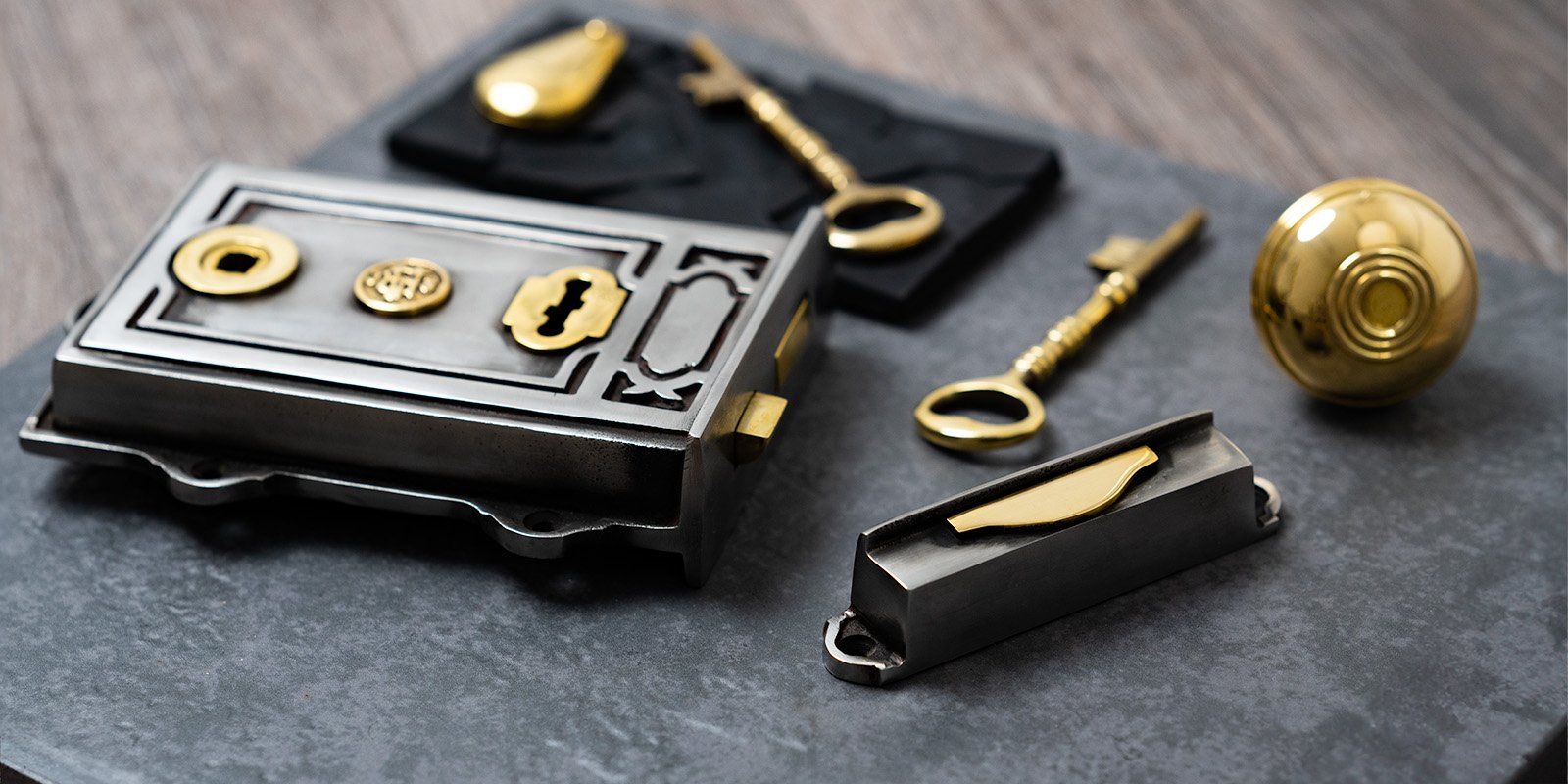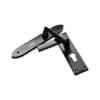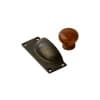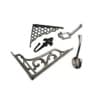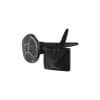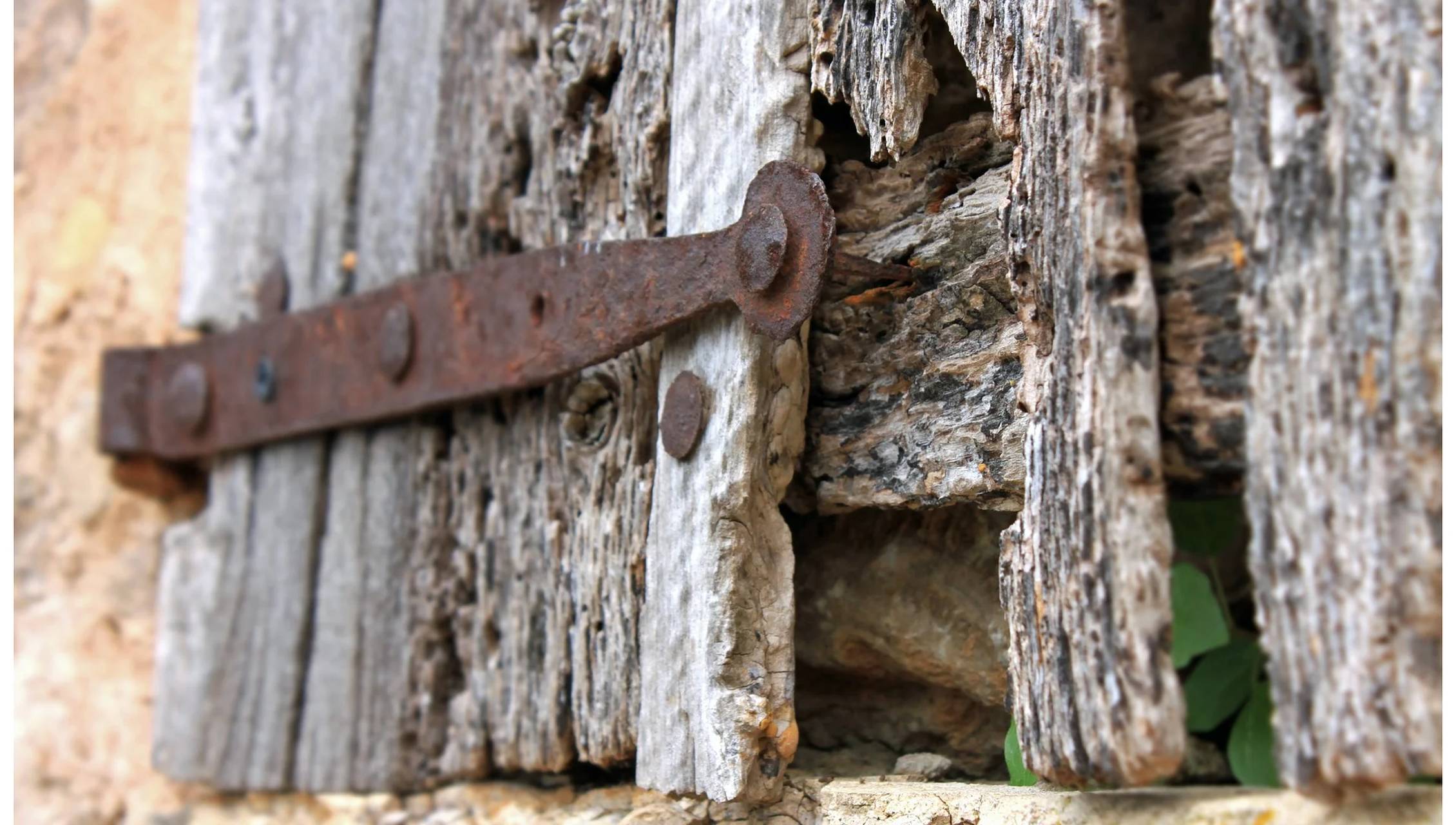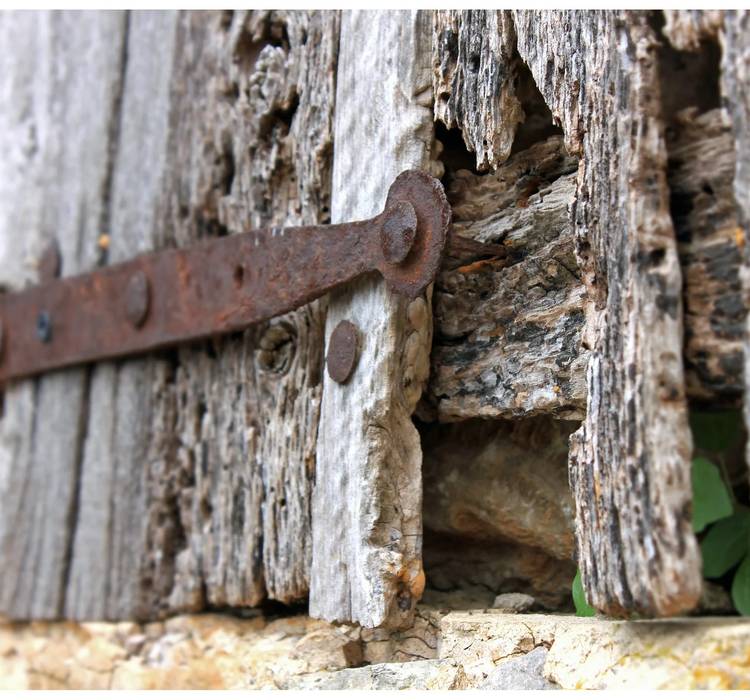A quick history lesson.....
A remarkable invention, and often a forgotten feature when it comes to door shopping, the humble hinge has quite a story. Hinges connect two solid objects together, allowing rotational movement. This little piece of engineering wizardry can be dated as far back as 600BC.
The Romans, with their love of inventing and adapting, developed hinges further. Most Roman doors were hung on pivot hinges. Their love of hinges was so great they had a goddess of door hinges called Cardea.
Moving to the medieval period, strap hinges were favoured, often with elaborate scroll and fleur de lis designs.

Other designs, such as the H hinge and the Butterfly Hinge (below) appeared from the 16th century onwards.


Butt hinges (shown below) are now the most popular door hinge in contemporary homes.

Why Choose a T Hinge?
T hinges (or tee hinges) were typically used on oak ledge and brace doors. Up to the 17th century most doors were ledge and brace design, comprising heavy oak boards secured with iron nails to horizontal ledges. These doors were usually hung with wrought iron T strap hinges. Panelled doors came later and are associated with the wealthier homes of the Regency and Georgian period.
For a country cottage style in your home, rustic T hinges fitted on oak ledge and brace doors re-create the perfect look.
Here are our Pewter Penny End T Hinges fitted to a unique ledge and brace designed door.

Functional and yet decorative, T Hinges are traditional strap hinges. The two main designs are Penny End and Arrow End.
Suffolk Latch Company offer traditional, hand-forged on the anvil T Hinges, available in pewter and black. The perfect finishing touch to your home.


Comments






